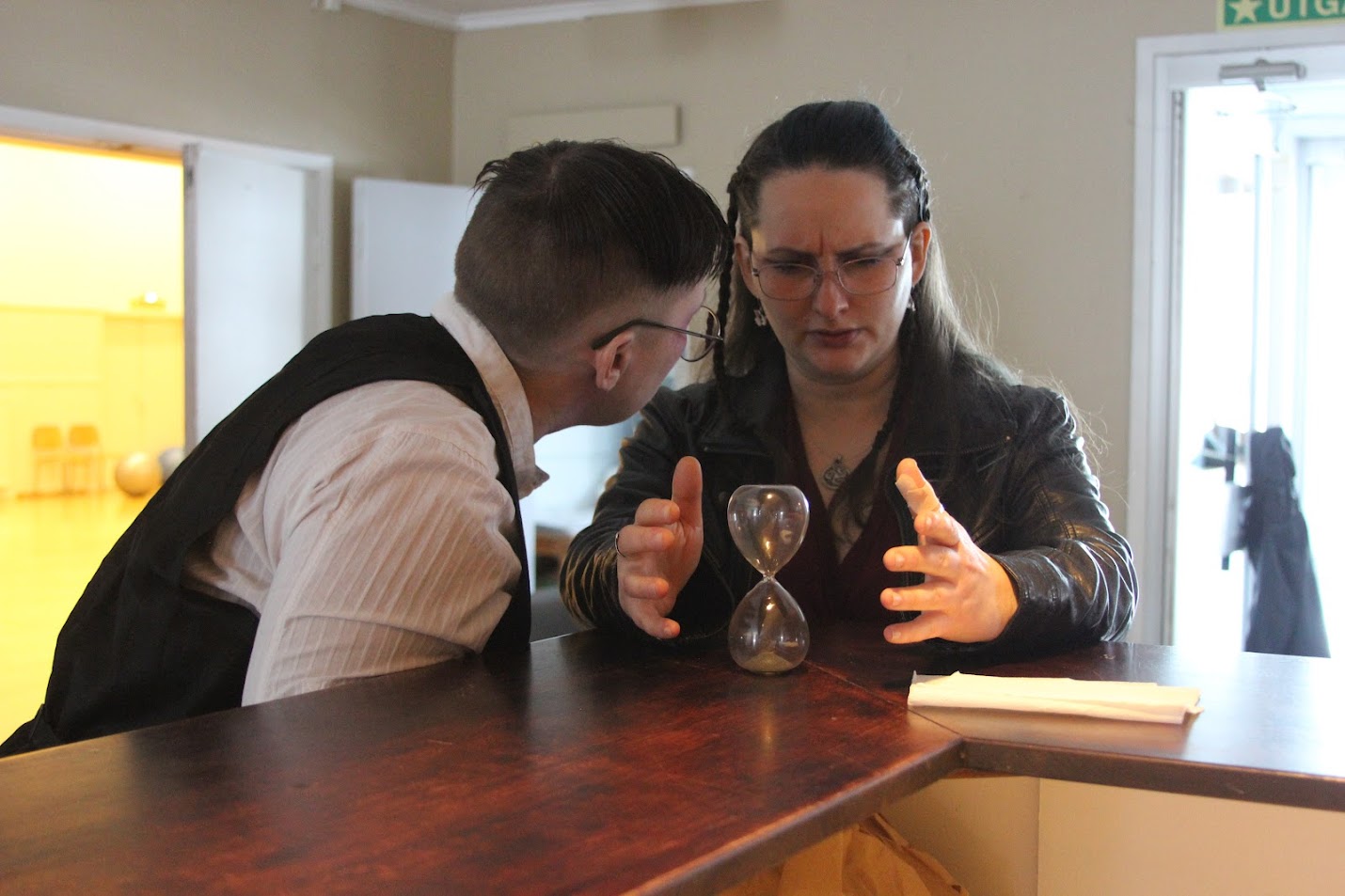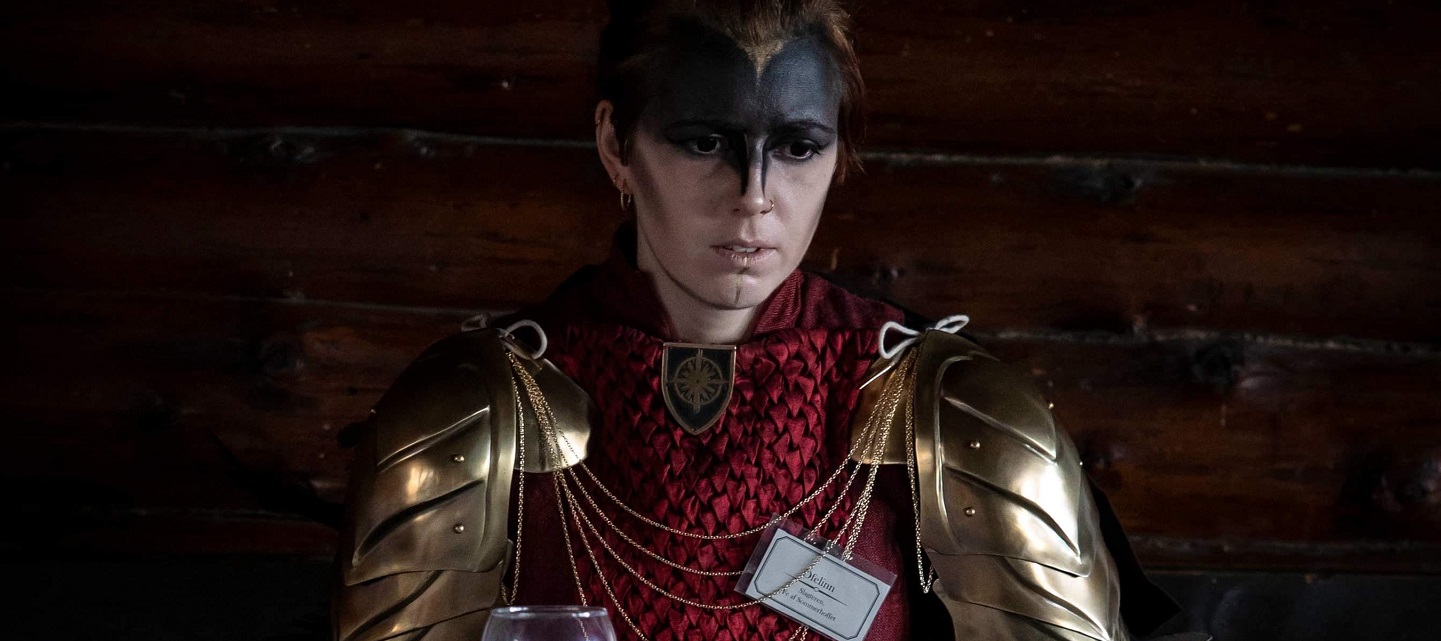Tag: Player Skills
-

Play Boldly – Let Yourself Be Vulnerable
in
Challenge yourself. Go beyond your comfort zone. Decide to do something you are not sure you can actually pull off. Try something new.
-

Villain Self Care
in
Strategies for playing an antagonist in a larp in rewarding ways, as well as helping with potential negative emotional effects.
-

How I Learned to Stop Faking It and Be Real
in
Communicating about mental health issues can make us better larpers.
-

A Short Guide to Fix Your Larp Experience
in
Sometimes, when participating in a larp, things just go wrong. But where is the problem? How can you fix it?
-

Wielding the Magic of Anticipation
in
Maximizing the emotional impact of anticipation for better larp play.
-

Wyrding the Self
in
Wyrding the self is the sustained effort to decolonize your body from the mythical norm, and begin the process of identity alteration.
-

Sceneing and Storying
in
The experiences we make in larping are collective. However, no two players share the same exact experience, even when playing in the same scene together.
-

Ensemble Play
This article draws insights from different ensemble-driven art forms, and demonstrate how ensemble skills facilitate better play in larp.
